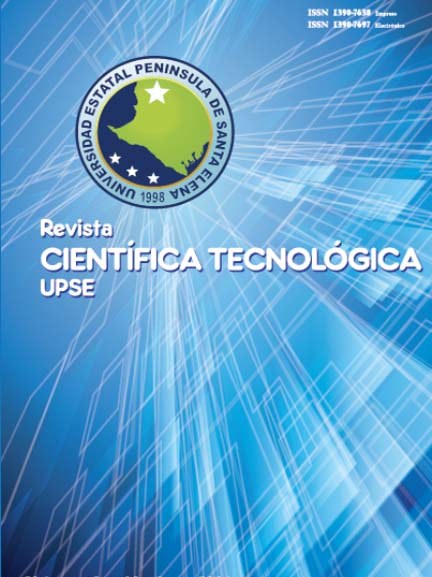Aplicación de Modelos de Balance de Masa Nutricional para la estimación de descargas en el cultivo de Trucha Arcoíris en ríos de altura del Austro ecuatoriano
DOI:
https://doi.org/10.26423/rctu.v2i3.62Palabras clave:
Modelo de balance de masa, bioenergético, cultivo de trucha, descargas de la acuacultura, acuacultura sustentable.Resumen
En la zona conocida como el Corredor de El Cajas (UTM 17M 708260 E, 9685972 S) en la provincia del Azuay se asienta la mayor cantidad de granjas dedicadas a la acuicultura de trucha Arcoíris (Oncorhynchus mykiss) del Ecuador. Se tomaron varias muestras a fin de determinar la concentración de nutrientes en arroyos de la región y se levantó información relacionada al manejo productivo en 8 piscícolas con el objetivo de estimar la cantidad de nutrientes liberados por la actividad acuícola haciendo uso de las ecuaciones de balance de masa nutricional. Los valores obtenidos del monitoreo para nitratos van de 0,12 a 0,61 mg/l y de valores no detectables por el método a 1,17mg/l para ortofosfatos, valores que se encuentran por debajo de los límites máximos permisibles en la legislación ambiental ecuatoriana para la preservación de la fauna y flora. De acuerdo a las constantes utilizadas en las ecuaciones y los datos obtenidos del manejo acuícola, se estima una producción total para las ocho piscícolas de 5890 Kg de residuos sólidos, 1955 Kg de Nitrógeno total y 217 kg de Fósforo total al año, lo que equivale a 115 Kg de sólidos, 38 kg de N y 4,2 Kg de P por cada tonelada de pescado producido. Con un caudal estimado de 5 m3/s del cuerpo receptor se obtiene concentraciones de 0,056 para SS, 0,02 de N Total y 0,002 de P Total. Aunque los valores aquí presentados son aproximaciones, la estimación de residuos de la acuicultura a través del balance de masa nutricional constituye una herramienta muy sencilla, práctica y de bajo costo que permite y contribuye al desarrollo sustentable de la actividad acuícola y garantiza un ecosistema saludable.
Descargas
Descargas
Publicado
Número
Sección
Licencia
El titular de los derechos de autor de la obra, otorga derechos de uso a los lectores mediante la licencia Creative Commons Atribución-NoComercial-CompartirIgual 4.0 Internacional. Esto permite el acceso gratuito inmediato a la obra y permite a cualquier usuario leer, descargar, copiar, distribuir, imprimir, buscar o vincular a los textos completos de los artículos, rastrearlos para su indexación, pasarlos como datos al software o usarlos para cualquier otro propósito legal.
Cuando la obra es aprobada y aceptada para su publicación, los autores conservan los derechos de autor sin restricciones, cediendo únicamente los derechos de reproducción, distribución para su explotación en formato de papel, así como en cualquier otro soporte magnético, óptico y digital.












